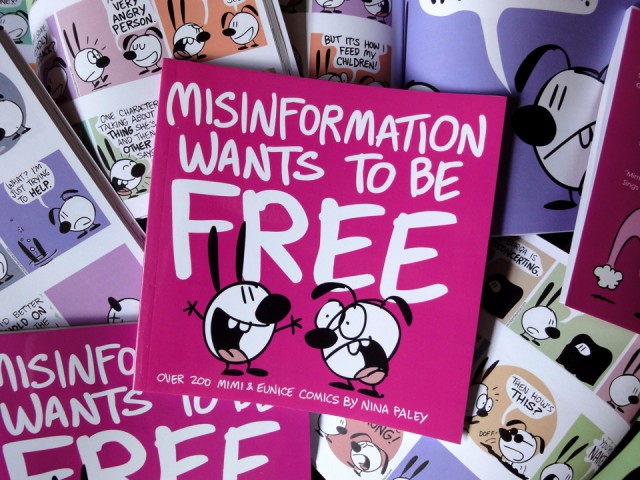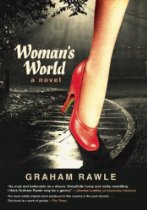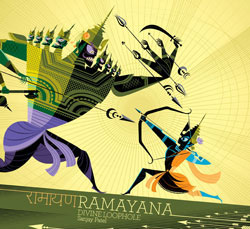This afternoon I gave a Sita Sings the Blues talk to a roomful of 15-to-17-year-olds. Near the end I explained Free Culture and my stance against copyright, which led to some interesting discussion. Turns out most of them are manga fans, and familiar with publishers’ complaints about scanned and translated manga shared freely online. They all read them anyway (except one, who prefers to read entire manga in the bookstore). I asked them how they would choose to support artists they liked (once they had some disposable income) and they said:
- Donate buttons – with the qualification that they want to know as much as possible about where the donation is going. They said honesty and transparency are important.
- Kickstarter – They all knew about it (which was notable because none of them had heard of Flattr) and valued pitch videos that explained how the money would be used.
- Custom drawings
- Merch
- Physical copies
- Live Shared Experiences, including ballet, museum exhibits, and concerts. The event aspect was important; they wanted to be able to say, “Remember that one time when that awesome show was here…” They agreed seeing things in person is a more powerful experience than seeing things online, and worth spending more on. One said she would buy CD at a live show because “it reminds you of the show.”
- One said he would support artists by promoting their work to his friends.
Semi-related, I took an informal poll of how many would prefer to read a book on paper vs. an e-reader. The vast majority said paper, but what they really seemed to want was dual formats: paper copies to read comfortably and collect, and digital copies to search and reference. Makes sense to me. Only two of them had iPads, and none used them for “enhanced eBooks.”
My favorite quote of the afternoon:
“We don’t want everything for free. We just want everything.”





